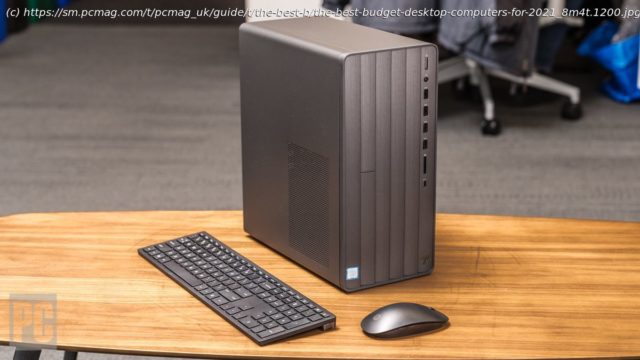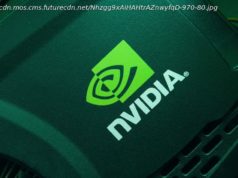A reliable home PC doesn’t have to cost you four figures…far from it. Most of our budget-PC favorites cost less than $600, and some are hundreds less than that. Check out our top tested picks among conventional towers, compact PCs, and more.
Hearing the words „budget desktop PC “ may conjure some negative vibes, but it doesn’t have to be that way. In the desktop-computer world, inexpensive is not synonymous with low-quality or slow, especially nowadays. Whether you’re replacing an older, flagging PC, setting up a digital signage solution, or equipping a new or temporary office that needs only simple computing, a budget or mini PC may do the job. Today’s budget desktops offer a modest baseline for performance and decent flexibility, while lasting longer than they used to. We’re talking about desktops that cost $800 at the very most, with many coming in under $500 and a few even below $200. Now, a handful of these may not be what you normally picture when imagining a desktop, but you’d be surprised at the capability of some of these small boxes. These PCs are certainly able to surf the web, stream videos to a monitor or big TV, operate a public display, or allow you to work on simple documents and other everyday productivity tasks. They can even run web-based games, should you have the need. They come in a few different shapes and sizes, most tending to the small. The closer-to-full-size towers, meanwhile, can do just about everything you expect from a modern home PC. Shopping for a budget desktop isn’t too different from standard desktop-buying considerations, but there are some key things to know. If you’re looking at a very small system, mini PCs tend to come in a limited set of models to choose among, tightly designed to do what they do well. Intel’s Next Unit of Computing (NUC) mini-PC line is among the most configurable, with plenty of variation among its models. These machines can be bought as fully configured systems, or, for the more DIY-minded, as barebones kits that enable you to install components of your choice. Intel is a big player, but not the only one, when it comes to small, inexpensive desktops. Compact-system specialists such as Azulle, ECS, Shuttle, and Zotac focus on this area, and some broader PC players such as Asus have offerings in this category, too. Apple has one, as well: the Apple Mac mini sits toward the top of budget pricing at $699, but the 2020 model bearing Apple’s M1 CPU is very appealing. Read on to see what to look for in these systems, and what kind of components you can find inside. If you’re interested specifically in tiny PCs but budget is less of a factor, also check out our picks for our favorite micro-desktops overall. There’s plenty of crossover between the two, but not every tiny PC is inexpensive. First, Consider the Form Factor What’s immediately obvious about most of these budget PCs? How they look. Modern components have made the PC-performance baseline very solid, even on a $500 tower, versus what it used to be. This allows traditional small- and midsize-tower PCs to thrive in this price range. These remain some of our favorites for the money, as time-tested solutions to home computing. You’ll also see an assortment of (impressively) small boxes, bare boards, microtowers, and even some stick-shaped PCs to choose among. The smallest of these systems measure just a couple of inches tall and only a few more across, while several of our top picks are mini boxes just a few inches tall and wide—and it’s hard not to marvel at these systems running full Windows 10. With their small size and dialed-down power, they save you not just money, but space, which can be crucial in certain usage situations. If you want to just plug one in out of sight behind a monitor or HDTV, you’ll hardly know it’s there. Despite their compact sizes, our favorite small models still offer a respectable number of ports. The best of these boxes offer plenty of physical connectivity and expansion options, which make them versatile depending on the deployment. If you need to connect displays and peripherals, or add storage, there’s an option here for you. The larger towers, of course, provide a more comprehensive complement of ports, including some up-to-the-minute options like USB Type-C. Component Check: What’s Inside? It should come as no shock that you’ll find lower-power processors in these less-expensive desktops, but you may be surprised at how capable some of them are for the size and price. But you’ll need to select carefully. CPU advancements mean that the floor is higher than it used to be. All modern budget systems will have at least a dual-core CPU (some have quad-core chips), and most take just a few seconds to boot up. A handful of these models (usually, mini-towers) include a bonafide Intel Core i5 desktop-strength processor, in some cases even a legitimately quick six-core/six-thread chip. An important note, however: Mini PCs, and even some small mini-tower-style models, may use mobile-grade processors instead of desktop ones. Look at the name of the CPU when shopping; any Intel or AMD CPU ending in „U“ in a small desktop is a laptop-equivalent processor.






